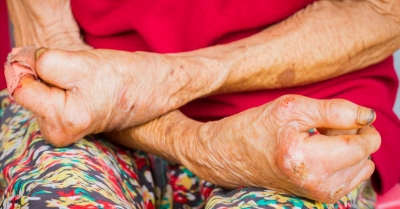
Leprosy is an infectious disease that causes severe, disfiguring skin sores and nerve damage in the arms, legs, and skin areas around your body. Leprosy has been around since ancient times. Outbreaks have affected people on every continent.
But leprosy, also known as Hanson’s disease, isn’t that contagious. You can catch it only if you come into close and repeated contact with nose and mouth droplets from someone with untreated leprosy. Children are more likely to get leprosy than adults.
Today, about 208,000 people worldwide are infected with leprosy, according to the World Health Organization, most of them in Africa and Asia. About 100 people are diagnosed with leprosy in the U.S. every year, mostly in the South, California, Hawaii, and some U.S. territories.
Leprosy is caused by a slow-growing type of bacteria called Mycobacterium leprae (M. leprae). Leprosy is also known as Hansen’s disease, after the scientist who discovered M. leprae in 1873.
It isn’t clear exactly how leprosy is transmitted. When a person with leprosy coughs or sneezes, they may spread droplets containing the M. leprae bacteria that another person breathes in. Close physical contact with an infected person is necessary to transmit leprosy. It isn’t spread by casual contact with an infected person, like shaking hands, hugging, or sitting next to them on a bus or at a table during a meal.
Credit : WebMD
Picture Credit : Google
Leave a Reply